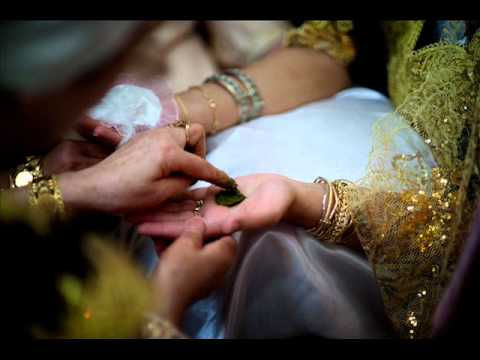Henna Tounsia
- Maher Dardour

- Feb 13, 2019
- 1 min read

Henna (Lawsonia inermis, also known as hina, the henna tree, the mignonette tree, and the Egyptian privet)[1][2] is a flowering plantand the sole species of the Lawsonia genus. The English name "henna" comes from the Arabic حِنَّاء (ALA-LC: ḥinnāʾ; pronounced [ħɪnˈnæːʔ]) or, colloquially حنا, loosely pronounced as /ħinna/.
The name henna also refers to the dye prepared from the plant and the art of temporary body art (staining) based on those dyes. Henna has been used since antiquity to dye skin, hair and fingernails, as well as fabrics including silk, wool and leather. The name is used in other skin and hair dyes, such as black henna and neutral henna, neither of which is derived from the henna plant.
Historically, henna was used for cosmetic purposes primarily in Ancient India. It was also found to be used in the Arabian Peninsula, South Asia, Carthage and other parts of North Africa, and the Horn of Africa. Bridal henna nights remain an important custom in many of these areas, particularly among traditional families.
.
In Tunisia, prenuptial henna celebrations last for seven days. On the 3rd day, the bride wears a traditional dress and has henna painted on her hands and feet. As for the groom, his pink finger is painted with henna on the 6th day.









Comments